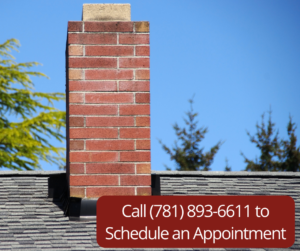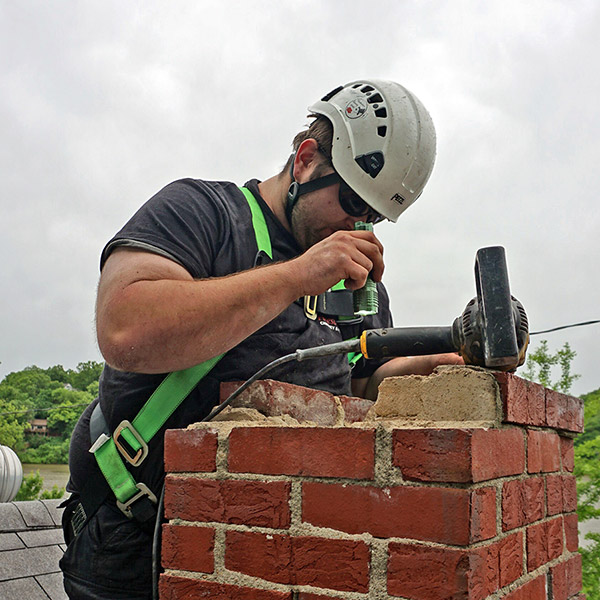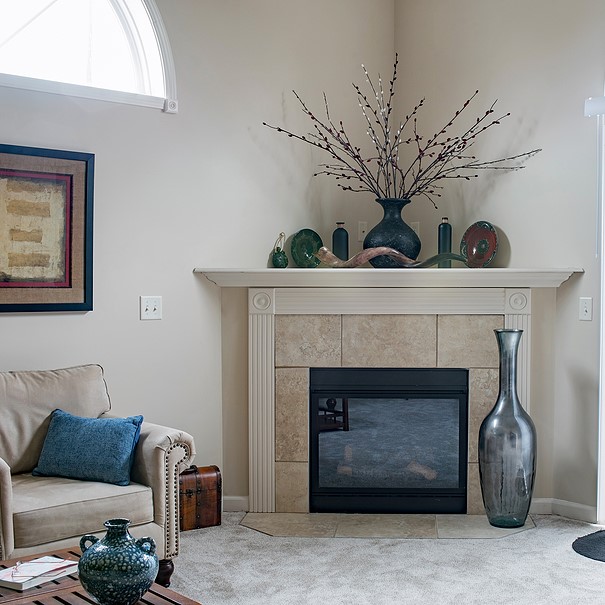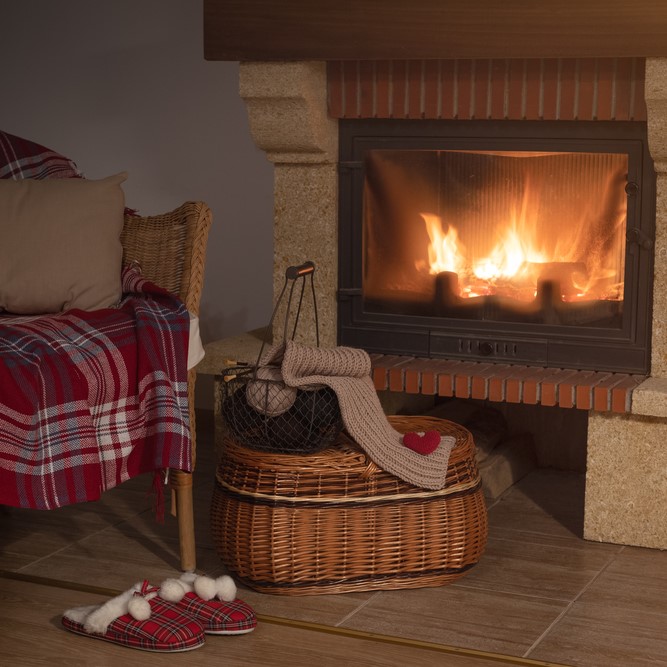Fireplace Repair: 4 Common Chimney Mistakes
Almost every home has a chimney. There is also a lot of information about chimneys both online and offline. The unfortunate thing is that many homeowners make a lot of mistakes with their chimneys. This prevents their chimneys from lasting for a long time. It also puts the homeowners at great risk of fire. Here are some of the chimney mistakes made by many homeowners.
Ignoring unused chimneys
An unused chimney is clean, right? Quite the contrary. When you are not using your chimney you attract birds and other animals to stay in the chimney. Birds build nests that clog the chimney putting it at the risk of fire.
Regardless of whether you are using the chimney or not you should clean the chimney regularly.
Most chimney sweeps recommend that you should clean the chimney at least once a year. If you are using coal you should clean the chimney twice a year. If you are using wood you should clean it four times.
Hiring the wrong chimney cleaning professional
There are many chimney contactors in the market thus you have many choices to make. Many homeowners go for the cheapest chimney cleaner that they find thinking that they will get cheap, high quality services. Just like anything else in life, you get what you pay for.
For your chimney to be professionally cleaned, you should hire an experienced and certified chimney contractor. While you will pay more for the services, you will get excellent results.
Cleaning the chimney by yourself
If you can clean the house you can also clean the chimney, right? While you can do it if you have the right tools and skills, you won’t achieve the same results as those of a professional.
In addition to cleaning your chimney, a chimney contractor also undertakes chimney inspection where he/she inspects to see if there are any damages, whether the chimney is leaning and if the bricks need re-pointing. If the chimney is damaged the professional undertakes chimney repair.
Burning the wrong wood
Research has shown that up to 80% of homeowners with wood burning fireplaces use the wrong fuel. Many homeowners have been shown to use softwood which not only burns slowly, but also gives a lot of soot which increases the number of times that you need to clean the chimney. A lot of creosote also puts your chimney at the risk of fire.
To be on the safe side you should use hardwood such as oak, elm, hazel, and birch.
The post Blog first appeared on First Class Chimney Services.
This post first appeared on https://www.firstclasschimneyservices.com

 Bricks
Bricks A leaky chimney can be confusing, dangerous and possibly quite expensive to fix if the problem isn’t taken care of in the early stages. When getting estimates to have your
A leaky chimney can be confusing, dangerous and possibly quite expensive to fix if the problem isn’t taken care of in the early stages. When getting estimates to have your  Professional chimney companies have a variety of methods they can use to address and solve chimney leaks including:
Professional chimney companies have a variety of methods they can use to address and solve chimney leaks including: Ambiance
Ambiance Affordability
Affordability